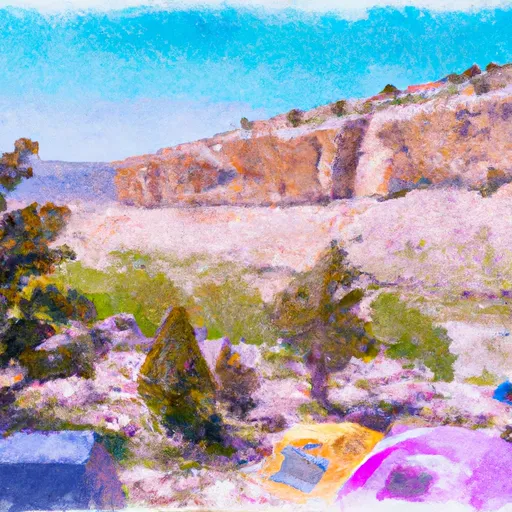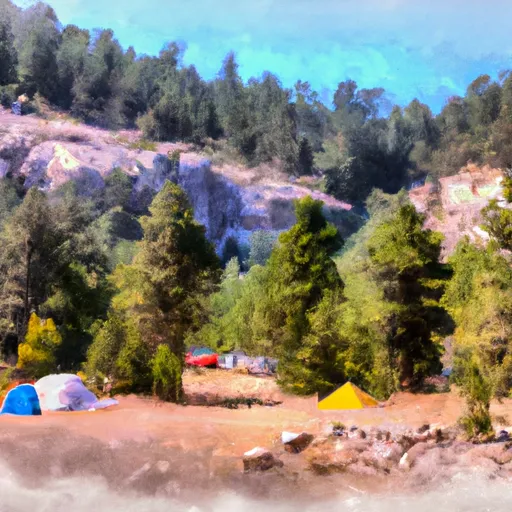Summary
The climate is characterized by cold, snowy winters and mild summers with occasional thunderstorms. The hydrology constituents include the Snake River, Jackson Lake, and several smaller lakes and streams. Visitors can enjoy a variety of outdoor recreation opportunities, including hiking, fishing, boating, and wildlife viewing. The area is especially popular for camping, with several campgrounds available in the vicinity. The Colter Bay Visitor Center provides educational exhibits and programs, as well as information on park activities and services. Overall, Colter Bay offers a stunning natural landscape and ample opportunities for outdoor adventure.
Weather Forecast
Colter-Bay receives approximately 468mm of rain per year, with humidity levels near 77% and air temperatures averaging around 4°C. Colter-Bay has a plant hardyness factor of 5, meaning plants and agriculture in this region thrive during a short period during spring and early summer. Most plants will die off during the colder winter months.
Area Campgrounds
| Location | Reservations | Toilets |
|---|---|---|
 Curtis Canyon
Curtis Canyon
|
||
 Curtis Canyon Campground
Curtis Canyon Campground
|
||
 Group1
Group1
|
||
 G369
G369
|
||
 G349
G349
|
||
 G367
G367
|

 Mike Yokel Park
Mike Yokel Park
 Mateosky Park
Mateosky Park
 Wayne May Park
Wayne May Park
 George Washington Memorial Park
George Washington Memorial Park
 Smith's Park
Smith's Park